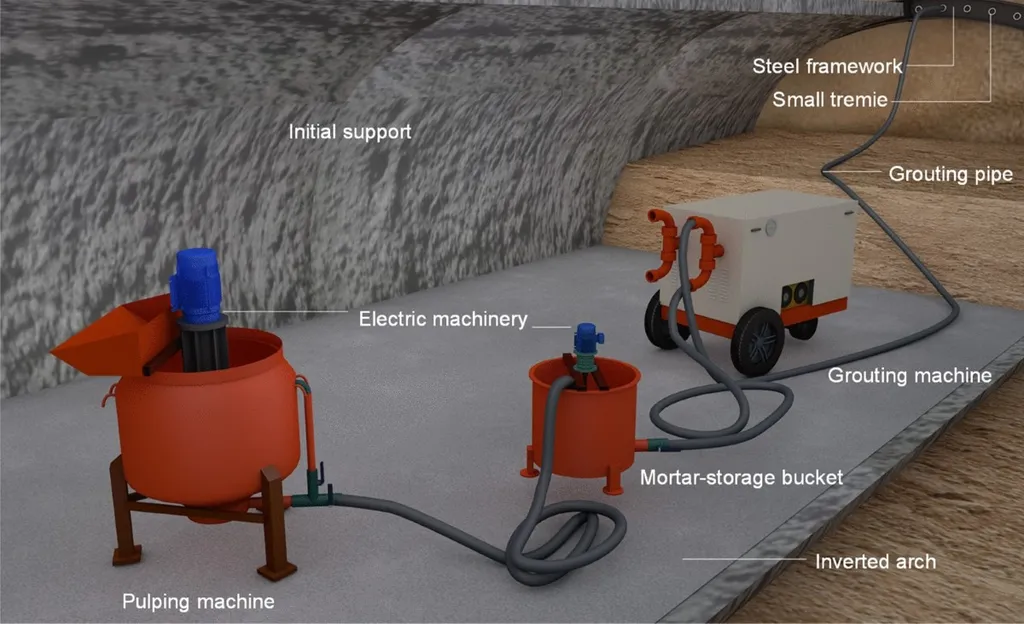In the bustling world of urban infrastructure, shield tunneling has long been a go-to method for constructing tunnels with minimal surface disruption. However, the technique isn’t without its challenges, particularly when it comes to the settlement of existing tunnels. Enter Dr. Huang Dawei from the State Key Laboratory of Safety and Resilience of Civil Engineering in Mountain Area at East China Jiaotong University, who has been exploring innovative solutions to this persistent problem.
Dr. Huang’s recent study, published in the journal *Yantu gongcheng xuebao* (translated to *Rock and Soil Mechanics*), focuses on the efficacy of the bag grouting technique in mitigating settlement induced by shield tunneling. The research is a beacon of hope for the energy sector, where underground infrastructure is a critical component of operations.
The study involved a model test simulating shield tunneling scenarios, followed by a distinct grouting process. An uplift test was then conducted to evaluate the technique’s impact on the tunnel’s flexural deformation, settlement, and changes in additional earth pressure exerted on the superstructure.
The findings were revealing. Transverse elliptical deformations were observed within a zone of 120 cm to 250 cm from the northern terminus of the tunnel. Notably, a significant uplift in the superstructure was recorded at this location, with the peak uplift reaching approximately 15 mm at the tunnel’s midpoint. The greatest increment in additional earth pressure was also recorded at the tunnel’s midpoint.
Dr. Huang explained, “The bag grouting method exerts a robust binding effect on the grouting slurry and concentrates the slurry pressure predominantly around the injection point. This induces a soil arching effect in the adjacent soil mass.”
The practical implications for the energy sector are substantial. As Dr. Huang suggests, “In practical engineering, it is recommended to employ concurrent multi-point grouting to elevate the tunnel as an integral unit. This can restore the tunnel’s internal forces and structural configuration to their pre-underpass conditions.”
Moreover, enhanced monitoring of the tunnel’s uplift should be implemented throughout the grouting phase to avert excessive uplift. This could potentially revolutionize the way we approach underground construction, ensuring the safety and integrity of existing infrastructure while paving the way for new developments.
As the energy sector continues to expand and evolve, the need for innovative solutions to underground construction challenges becomes ever more pressing. Dr. Huang’s research offers a promising avenue for addressing these challenges, shaping the future of the field and ensuring the safe and efficient operation of critical infrastructure.

